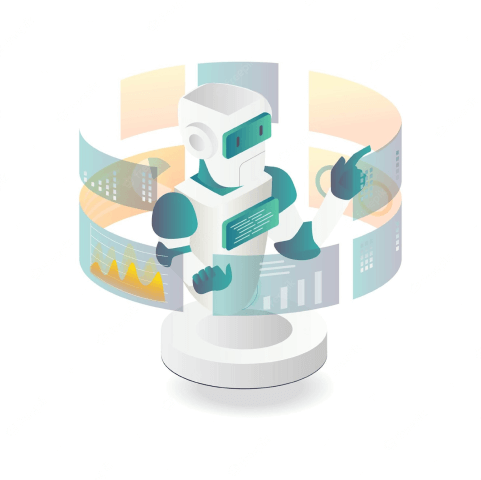Identify, define, and standardize processes
Robots can run your business processes only after they have been discretely integrated as a unique component of your day-to-day operations, defined within appropriate parameters, and standardized with your other automated processes. Ensuring that your business processes meet all these conditions requires a human touch.


Make process execution stable, cost-efficient, and error-free
Robots can run 24/7 and do not make any errors. They can complete routine processes related to a wide range of business functions, including reporting, accounting, finance, and more. For example:
- Scan email messages and enter data based on the content
- Analyze data from different systems and send reports via email
- Validate system data and flag anomalies
When automated, such processes require less staff attention and financial resources to execute and they can be scaled up far faster and easier than human activity.
Deploy human resources where they really count
After a process has been automated, it requires limited involvement from your team. For example, scheduled processes can alert users when decision-making is required based on specific outcomes and results delivered by robots.
Users can start non-scheduled processes on local machines, monitor robots’ activity, and step in only when more complex actions are necessary. Staff can focus on more valuable, interesting, and engaging work that typically leads to higher employee retention rates.

